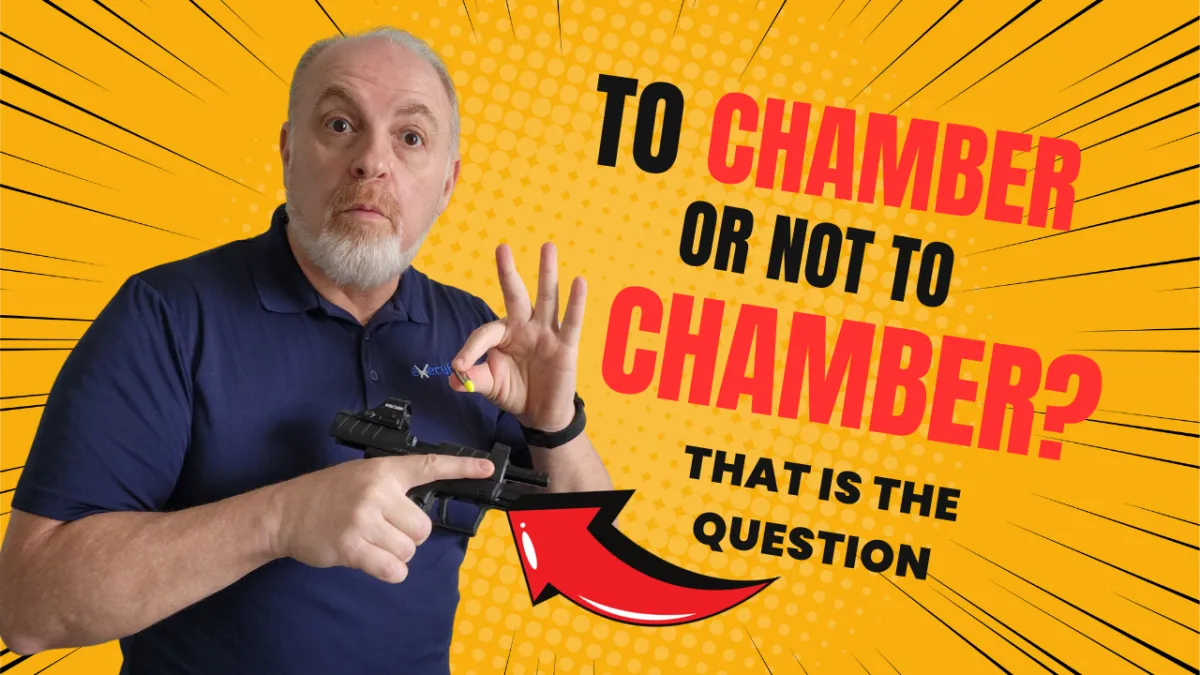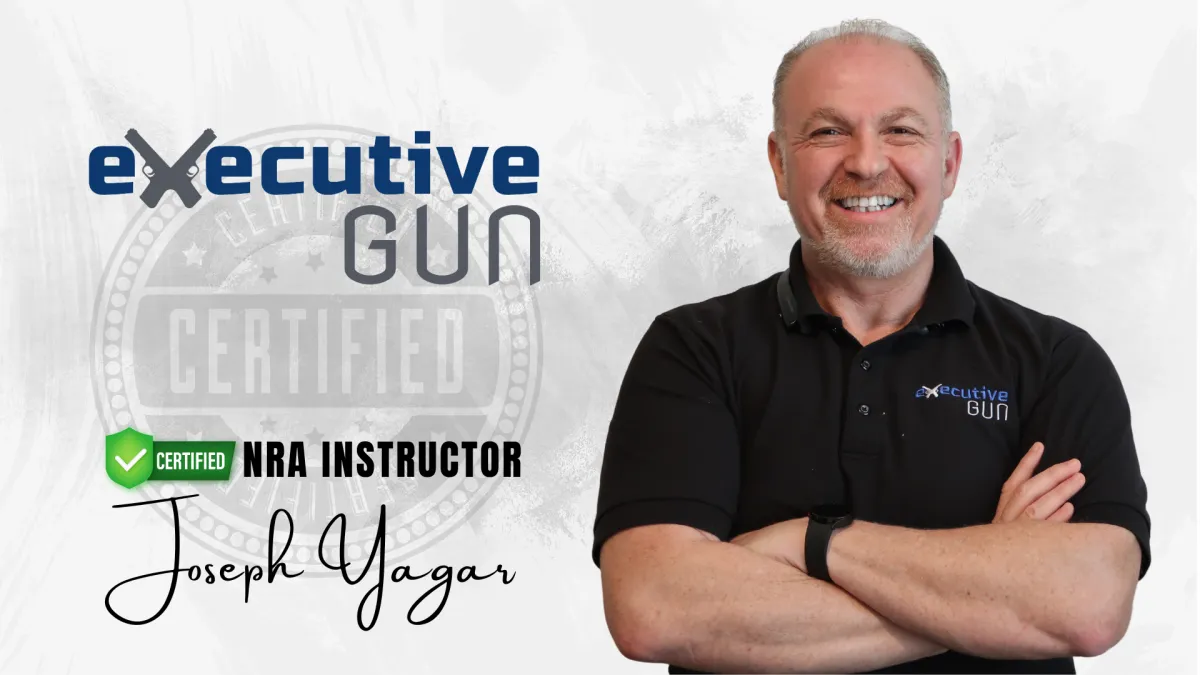

Blog
Tips, Training and News From Executive Gun

One In The Chamber - Yes or No?
One of the most common debates in the Concealed Carry community is, should I carry one in the chamber?
I’m not joking when I tell you that for some reason the topic was brought up at every holiday party I’ve been to this holiday season, and I mean every party.
So, I thought it was an opportune time to make this video and share my opinion. If you’re new to Concealed Carry, carrying one in a chamber means having a live round loaded and ready to go if you pull the trigger.
This debate can get so fierce that some gun owners, especially those new to guns, may feel intimidated and made to feel embarrassed for even considering it.
So, what’s the right thing to do?
When I first started carrying concealed, I did not have a live round in the chamber. I was not ready.
It took a few more months of dry fire, range practice, education, and carrying regularly to finally take the plunge and carry one in a chamber.
If you’re new to firearms and considering carrying one for self-defense, here are a few suggestions to make the transition easier.
Number 1. Never feel embarrassed or intimidated to ask questions. It’s perfectly normal to be nervous and unsure at first. I was.
Number 2. What matters is not whether you have a round in the chamber. What matters is how well trained you are. Israeli Special Forces train to carry with and without a round in the chamber. As a civilian who trains daily and carries one in the chamber, I still don’t think I stand a chance against such an elite soldier who doesn’t carry a round in the chamber.
Number 3. Don’t listen to anyone who says, “If you don’t have one in the chamber, you might as well not carry a firearm.” Really?
So, if I’m attacked, I shouldn’t have my gun to defend myself with just because I chose to carry without a round in the chamber?
Nonsense!
Now, in defense of carrying one in the chamber, I will say that.
If your reason for owning a gun in self-defense, be it home defense or concealed carry, I highly recommend that carrying one in the chamber be your goal at some point. Here is why.
Number 1. Self-Defense will most times be a reaction to an attack. Time will not be on our side and an extra action such as racking the slide may require time we don’t have.
Number 2. Our bodies will operate very differently. Our adrenaline will be flowing like Niagara Falls. We will not feel our fingertips. We’ll have sweaty hands, tunnel vision, and reduced echo-like hearing.
We’ll be confused and panicked with no time to think and figure things out.
Pulling a gun out, aiming, and shooting will be instinctive. racking the slide will not be.
Number 3. A good quality firearm will not fire unless all the mechanical safeties built in are bypassed and the trigger is pulled. The key is having a good holster that protects the trigger and a reasonable level of training and consistent practice.
Carrying one in a chamber is not a dangerous thing to do. If it was, either most reasonable gun owners wouldn’t do it, or you’d see a lot more gun owners walking funny.
The bottom line is that there is no right or wrong. How you train to be safe, responsible, and confident in either scenario is far more important. When we’re under attack and our life or the life of a loved one is in danger, we must act automatically. All the thinking and decision making must be done in training. Training that is designed for and taught by a professional instructor who teaches with self-defense in mind.
Owning a gun, let alone carrying one, is a huge responsibility. And if you’re serious about carrying a firearm concealed in public for protection, then understand that it is a commitment you ought to take very seriously.
So, whether you decide to carry with one in the chamber or not, invest in your training so that you can execute on autopilot, survive the attack, and the aftermath that follows.
Train hard, often, and SAFELY!
Subscribe to Executive Gun Blog and Get Notified When We Post a New Update, Training Trick Or Second Amendment News...

Get Your Florida Concealed Carry Permit With Executive Gun Today!!
Start Watching Our Free Florida Concealed Carry Masterclass™ Now and Get Certified Same day...
All rights Reserved. Copyright 2025 Executive Gun


